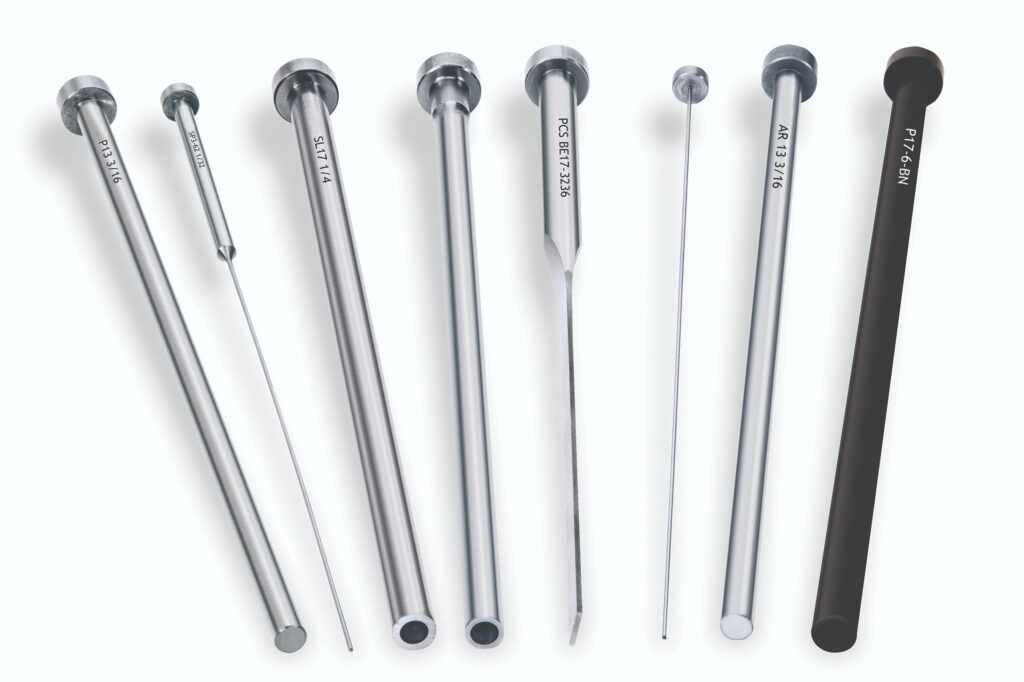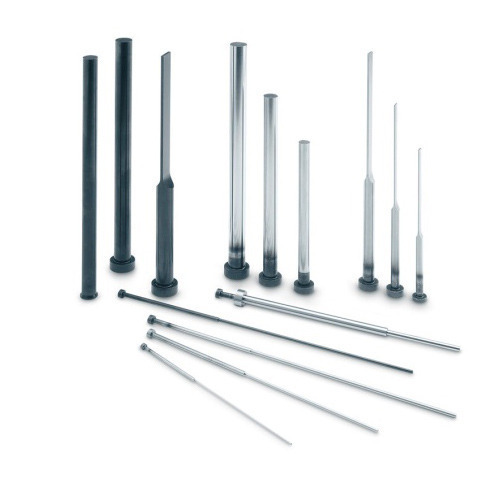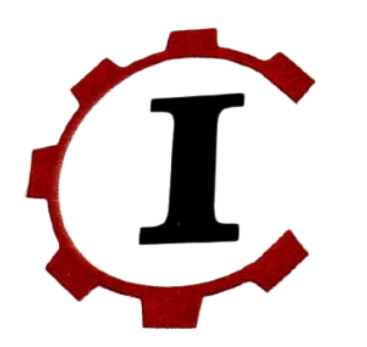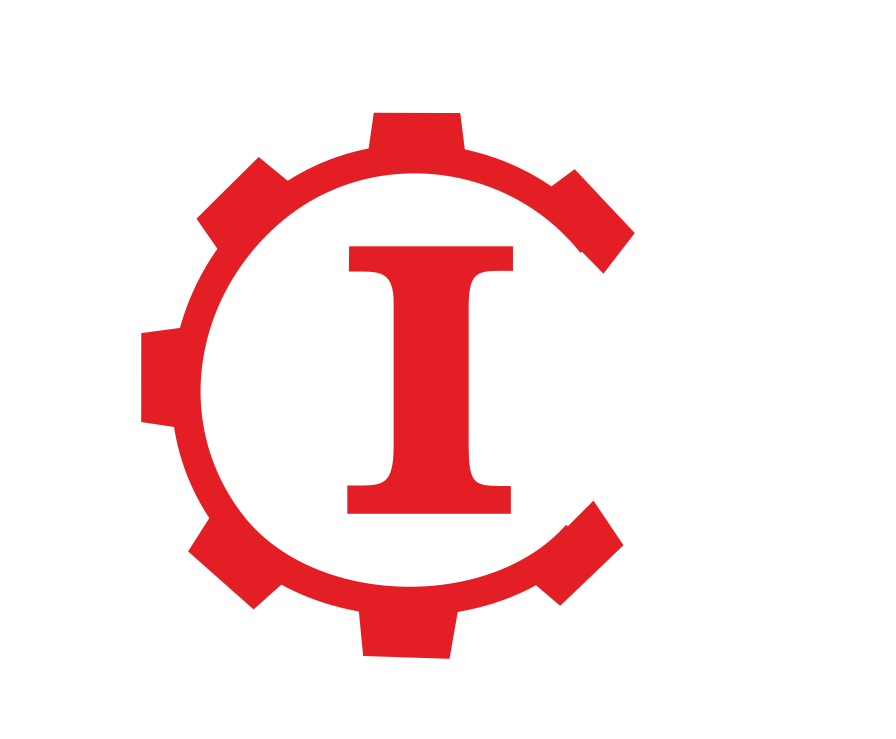Ejector Pins
Ejector Pins
Ejector pins are components commonly used in injection molding, die casting, and other manufacturing processes. Their primary function is to help remove a finished part from the mold once it has solidified or hardened. Here’s an overview of ejector pins:
Function of Ejector Pins:
- Purpose: Ejector pins are used to push the molded part out of the mold cavity after the material (plastic, metal, or other materials) has been injected and cooled.
- Placement: They are typically positioned along the back of the mold or in the mold cavity.
- Operation: Once the material solidifies, hydraulic or mechanical pressure pushes the ejector pins, which in turn eject the part from the mold.
EJECTOR PINS for Moulds

Design Features:
- Material: Ejector pins are usually made from hardened steel or other durable materials to withstand the pressures and wear from repeated use.
- Shape: They are typically cylindrical but can vary in shape based on the design of the mold and the part.
- Size: The size of the pin depends on the size of the mold and the part being created. Larger parts may require larger ejector pins.
Types of Ejector Pins we manufacture:
- Straight Pins: The most common type, these pins move linearly to push the molded part out of the cavity.
- Tapered Pins: These pins have a conical shape and can help guide the part out of the mold, ensuring smooth ejection.
- Core Pins: Sometimes used in conjunction with ejector pins, core pins are used to create holes or voids in the molded part.
Applications:
- Injection Molding: Ejector pins are most commonly used in injection molding for plastics, where the plastic material is injected into a mold cavity and solidified.
- Die Casting: Ejector pins are also crucial in die casting processes, where molten metal is injected into molds.
- Stamping or Forging: In metalworking processes, ejector pins are used to eject stamped or forged parts from their molds.
Key Considerations:
- Pin Wear: Over time, ejector pins can wear down due to the constant pressure applied during the ejection process, which may lead to the need for maintenance or replacement.
- Marking on Parts: Ejector pins can sometimes leave marks on the molded part, especially if they are not carefully placed or maintained. To minimize this, ejector pins are often positioned in areas that are less visible on the final product.


